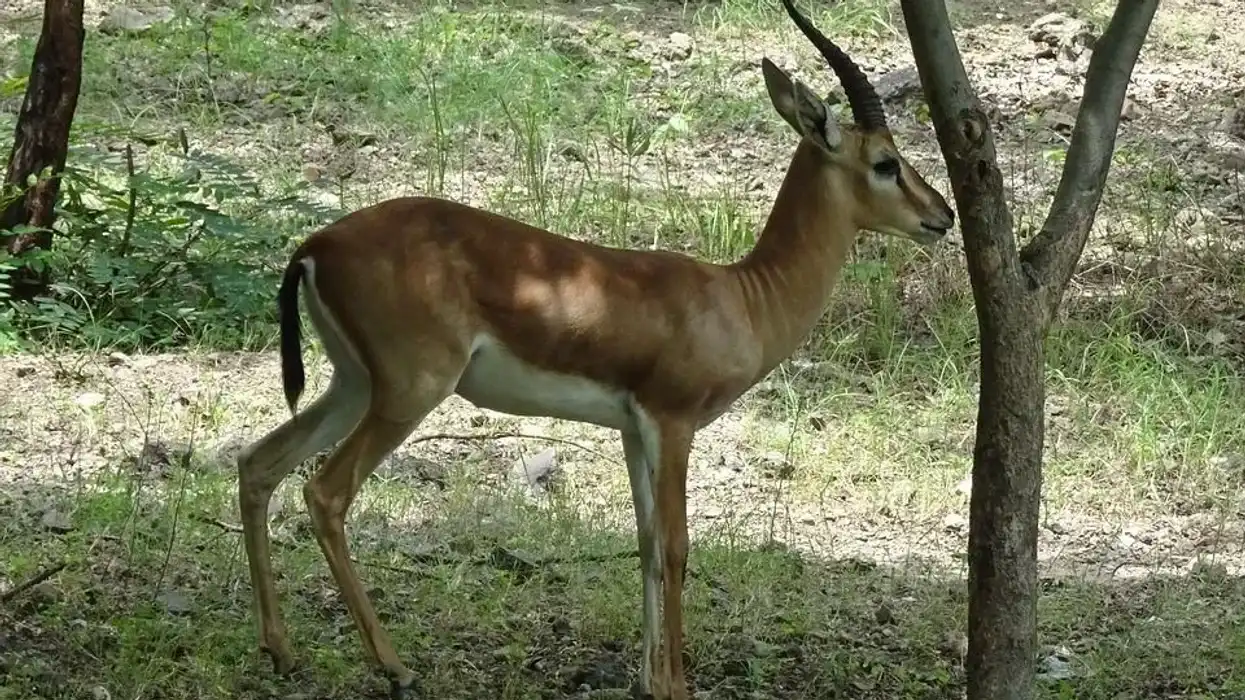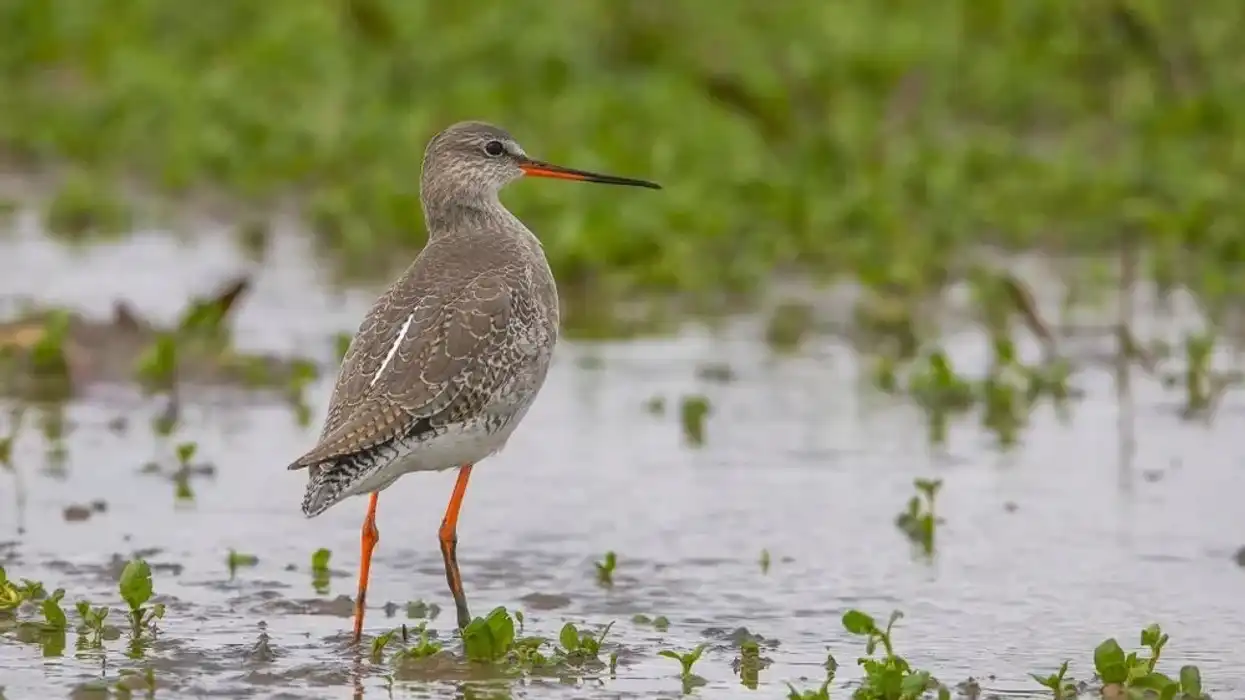If you reside anywhere in New Zealand or even Siberia, you must be familiar with the common chaffinch. The population of species is abundantly distributed throughout Europe - extending from Western Europe to North Africa, Western Asia, and the Middle East.
The bird can also be spotted on the Madeira, Azores, as well as Canary islands of Macaronesia in the Atlantic Ocean. The movement pattern of these birds fluctuates from being resident, partially migratory, and migratory.
Migration usually occurs from mid-September to late November. Birds residing in the northern parts navigate southwards during the cold winter.
Normally, they mostly stay close to the ground walking with fast, short steps, hopping, and scuttling away in search of food. They also engage in short flights, moving between trees.
Do you know that the male chaffinches were made to compete against one another in a traditional sport called vinkenzetting? In this game, the male birds rival each other on the highest count of calls that they could produce in just an hour!
The contest sometimes turned out to be exploitative for these caged birds as they would be blinded to avert distractions. This led to enormous protests from the activists of animal rights resulting in the banning of the practice of imprisoning wild finches.
You can also indulge in learning some more thrilling facts about some other finch species like the bullfinch and European goldfinch.
Common Chaffinch Interesting Facts
What type of animal is a common chaffinch?
A common chaffinch (Fringilla coelebs) is a species of seed-eating bird of the Fringillidae family.
What class of animal does a common chaffinch belong to?
Belonging to the Fringilla genus, these chaffinches have been listed under the class Aves.
How many common chaffinches are there in the world?
The European adult population of the common chaffinch has been estimated from 185,000,000-269,000,000. The current population of the species is considered to fall in the range of 500,000,000-799,999,999. Additionally, an increasing population trend has been observed with no severely damaging threats at its disposal thus qualifying these birds to a secure position.
Where does a common chaffinch live?
As a native, chaffinches can be found all over Europe. They can also be located in Western Asia, Siberia, the Middle East with the bird population being introduced in South Africa, Australia, and New Zealand in the 19th century.
What is a common chaffinch's habitat?
The habitat range of the chaffinches encompasses forests, open woodlands, shrublands, rural gardens, and urban areas. They can be found dwelling in trees or foraging on the ground for food.
Who do common chaffinches live with?
In winter, they can often be spotted in large flocks while foraging but during the breeding season, they exhibit aggressive territorialism. They can also be spotted with other bird species such as the sparrows and finches.
How long does a common chaffinch live?
This bird species enjoys a long lifespan. It can survive up to a maximum of 12 years in the wilderness.
How do they reproduce?
The breeding season of the common chaffinches initiates from the middle of March stretching till mid-July. The males indulge in courtship by pursuing the female and singing songs. The nest is constructed in the fork of trees or on a branch 114 ft (35 m) above the surface.
The nest is usually deep cup-shaped made out of moss, bark strips, lichens, plant fibers, fine roots, feathers, and animal hair. The female builds the nest singlehandedly.
Four to five blue eggs are laid and the incubation period continues for 10-16 days. The nesting period extends for 13-14 days. Both parents feed the chicks primarily on insects.
What is their conservation status?
The common chaffinch (Fringilla coelebs) is plentiful within its geographical range thus being classified by the International Union for Conservation of Nature (IUCN) Red List under the Least Concern category.
Common Chaffinch Fun Facts
What do common chaffinches look like?
This medium-sized male bird of the finch family projects a reddish-brown shade on its back with a green-colored rump and pinkish-brown underparts. The cheeks, ear coverts, feet, and legs in both the male and female birds are pinkish-brown while the iris is dark brown.
The wings are black with white wing bars. The blue-gray cap also distinguishes a male bird from a female. The plumage of the female is more brownish-gray.
The coloration is pale and subdued when compared with a male bird. The juveniles resemble the female chaffinches in appearance.
How cute are they?
These medium-sized birds are irresistibly cute! With their colorful plumage, these birds exhibit a unique appearance that can never go unnoticed.
How do they communicate?
Chaffinches interact with each other via calls and sounds. Mating calls, alarm calls, rain calls, and flights calls can be commonly associated with these birds.
Calls such as a sharp 'pink-pink' while perching, the flight call 'seee', and the alarm call 'yup-yup' have been recorded. The male chaffinch engages in singing a short, repetitive 'chip-chip-chip-chip-chett-chett-chett-chett-diddip-diddiooo' song in a succession of descending notations.
How big is a common chaffinch?
The average length of the species is approximately 5.5-7 in (14-18 cm). In comparison, the lesser goldfinch is smaller in size, measuring about 3.5-4.7 in (8.9-12.9 cm) in length.
How fast can a common chaffinch fly?
Although the exact speed range of the chaffinches is not known, they engage in a high-speed flight. Their little body allows them to be extremely thrifty.
How much does a common chaffinch weigh?
The average weight of the common chaffinch (Fringilla coelebs) ranges from 0.63-1.02 oz (18-29 g).
What are the male and female names of the species?
Like all other bird species, a male chaffinch is called a cock whereas a female is referred to as a hen.
What would you call a baby common chaffinch?
A baby common chaffinch is regarded as a chick, nestling, or hatchling.
What do they eat?
The species engages in an omnivorous diet consisting of a variety of small invertebrates, their larvae, buds, and seeds. The bird forages for seeds and fallen fruits from ground surfaces.
On the other hand, earthworms, spiders, stoneflies, grasshoppers, lacewings, and others form an indispensable part of their diet. Flowers, buds, and seeds are extracted from juniper, cypress, yew, mulberry, sycamore, oak, and several others.
Are they dangerous?
Aggression is perceived mostly among males during the breeding period. The males are extremely territorial and exhibit violent behavior when challenged by intruders and competitors. Outside the breeding season, they're pretty social. They're not at all hostile towards humans.
Would they make a good pet?
As a member of the finch family, the common chaffinch can turn out to be a splendid pet bird. These birds are very social and easy to maintain, making them ideal pets for beginners.
In fact, these birds can be commonly found in pet stores in many European countries. However, they need proper care when estranged from their habitat in the wilderness. They're intolerant towards severely cold temperatures.
Ideally, they must be kept in pairs in a large cage allowing them some movement space. A temperate of 53.6-86°F (12-30°C) is preferred with the initiation of the breeding season.
Did you know...
Did you know that the oldest male chaffinches are the first to acquire and establish their territories? Generally, the elderly males claim their territory in January. The younger males arrive in February or even later to form their territory.
What is special about a chaffinch?
The bird's wingspan ranges from 9.6-11.2 in (24.5-28.5 cm). Although the male bird exhibits rusty-red underparts, the female lacks the dark red-pink coloration that is prominently visible in the purple finch as well as the red finch.
Moreover, the black wings with white wing bars, olive green rump, and the blue-gray cap (in a male) are distinct features of the species. Only the male engages in singing. This bird is endemic to the Portuguese island of Madeira.
How did the chaffinch get its name?
The word 'chaffinch' has its roots in Old English from the term 'ceaffinc' which is a combination of 'ceaf' and 'finc' translating to 'chaff' and 'finch' respectively. The name was attributed to the bird species owing to its feeding habits.
It is believed that after threshing of crops by the farmers, these birds would invest most of their time (sometimes weeks) foraging for grain among the heaps of eliminated chaff.
Here at Kidadl, we have carefully created lots of interesting family-friendly animal facts for everyone to discover! Learn more about some other birds from our Azure Winged magpie facts and North Island brown kiwi facts pages.
You can even occupy yourself at home by coloring in one of our free printable chaffinch coloring pages.










